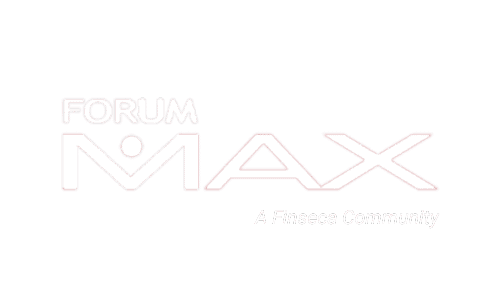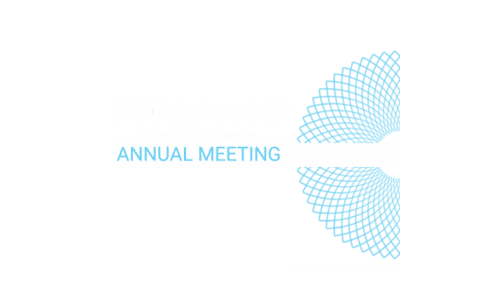
Thursday, 30 June 2016 #WRM16-26
The WRMarketplace is created exclusively for AALU Members by the AALU staff and Greenberg Traurig, one of the nation’s leading tax and wealth management law firms. The WRMarketplace provides deep insight into trends and events impacting the use of life insurance products, including key take-aways, for AALU members, clients and advisors.
The AALU WRNewswire and WRMarketplace are published by the Association for Advanced Life Underwriting® as part of the Essential Wisdom Series, the trusted source of actionable technical and marketplace knowledge for AALU members— the nation’s most advanced life insurance professionals.
TOPIC: Retirement Planning 101 – The Fundamentals of Automatic 401(k) Contribution Enrollments.
MARKET TREND: Employers are increasingly adopting employee automatic contribution enrollment in 401(k) plans to increase participation, encourage and increase retirement savings, and reduce costs.
SYNOPSIS: Employers constantly search for effective employee benefit offerings that will help to attract and retain employees. As improving participation in employee benefits is a key method for enhancing employee satisfaction and loyalty, the addition of automatic employee contribution enrollment in 401(k) plans has become a popular means to increase participation while also possibly reducing expenses. This trend is encouraged by favorable regulatory rules and the availability of several design options to suit specific employer goals.
TAKE AWAYS: When consulting with employer-clients, advisors can provide value by suggesting employee benefit plan enhancements that will assist in recruiting and creating loyalty in employees. Automatic employee contribution enrollment in a 401(k) plan is an enhancement that can meet both these goals. It can also assist the advisor by increasing assets under the plan and allowing the introduction of new products.
With more employers adopting employee automatic contribution enrollment in 401(k) plans to increase participation, encourage retirement savings, and reduce costs, understanding automatic enrollment fundamentals and options can help advisors add value in designing employee recruiting and retention strategies.
WHAT IS AUTOMATIC ENROLLMENT?
Automatic enrollment allows an employer to automatically deduct elective deferrals from an employee’s wages unless the employee makes an election not to contribute or to contribute a different amount. Any plan that allows elective salary deferrals can have this feature.
WHY USE AUTOMATIC ENROLLMENT?
The U.S. Department of Labor (“DOL”) states that approximately 30% of eligible workers do not participate in their employer’s 401(k) plans. Studies show, however, that automatic enrollment can reduce this to less than 15%, and, according to the DOL, it can also provide the following benefits:
- Attract and retain employees,
- Increase plan participation,
- Simplify investment selection,
- Maximize current retirement savings tax incentives for employees and employers, and
- Help employees save for retirement.
FORMS OF AUTOMATIC ENROLLMENT
There are three main forms for automatic enrollment plans:
- Basic Automatic Enrollment (“Automatic Contribution Arrangement” or “ACA”):
- Employees are automatically enrolled in the plan unless they elect otherwise.
- The plan document specifies the percentage of wages that will be automatically deducted.
- Employees can elect not to contribute or to contribute a different percentage of pay.
- Eligible Automatic Contribution Arrangement (“EACA”):
- Uniformly applies the plan’s default deferral percentage to all employees after giving them the required notice.
- May allow employees to withdraw automatic contributions, including earnings, within 90 days of the date of the first automatic contribution.
- Qualified Automatic Contribution Arrangement (“QACA”):
- Uniformly applies the plan’s default deferral percentage to all employees after giving them the required notice
- Meets additional “safe harbor” provisions — i.e., profit sharing or matching contributions — that exempt the plan from annual actual deferral percentage and actual contribution percentage nondiscrimination testing requirements.
- Starts the default deferral percentage at 3%, which gradually increases to 6%with each year that an employee participates (note that the default percentage cannot exceed 10%).
- Allows required employer contributions to be either:
- Matching Contributions: 100% match for elective deferrals that do not exceed 1% of compensation, plus 50% match for elective deferrals between 1% and 6% of compensation; or
- Non-Elective Contributions: 3% of compensation for all participants, including those who choose not to make any elective deferrals.
- Requires employees to be 100% vested in the employer’s matching or non- elective contributions after no more than 2 years of service.
- Prohibits the plan from distributing any of the required employer contributions due to a financial hardship.
DEFAULT INVESTMENTS
Employers must choose an investment for employees’ automatically deducted salary deferral contributions. Employers can limit liability for plan investment losses by choosing default investments for deferrals that meet certain criteria for transferability and safety, such as a life-cycle fund or balanced funds (QDIA). Employees, however, must be given an opportunity to change the investment choice.
NOTICES
Employees must receive notices of the automatic enrollment feature and process before any amounts are withheld. Similar notices must be provided annually thereafter. The notice must also discuss the investment features of the plan.
AUTOMATIC ENROLLMENT COSTS
If an employer already sponsors a 401(k) plan, there should be little, if any, additional administrative expense in amending and administering the plan to include automatic enrollment. Studies have shown that in some cases employers contribute less to plans that have automatic enrollment because the magnitude of matching contributions needed to encourage employees to participate is not as great.
TAX FEATURES
There are tax features for both employers and employees of automatic enrollment 401(k) plans to consider, including:
- Employees: Salary deferrals reduce current income for federal and most state income tax purposes. Deferrals are subject to income tax for federal and most states when withdrawn. Deferrals are currently included for other employment taxpurposes, so they are not taxed for these purposes when withdrawn.
- Employers: Receive a current income tax deduction for employee deferrals and employer contributions even though the employee is not taxed until funds are withdrawn.
WHICH AUTOMATIC ENROLLMENT OPTION TO CHOOSE?
Which automatic enrollment option to choose depends upon an employer’s goals and its work force. The ACA and EACA options have differing levels of administration but do not require employer contributions. These options provide the employer with more discretion as to the minimum required level of employee deferrals and what, if any, employer contributions should be made to obtain optimum participation. These may be more attractive for employers with work forces that have higher compensation levels that would be more inclined to contribute with lesser employer contributions. The QACA dictates both employee deferral amounts and employer contribution amounts, as well as the vesting thereof. This option is generally more expensive for an employer and provides less discretion. This option may be necessary for employers with a modestly-paid workforce that needs more encouragement to participate.
TAKE AWAYS
When consulting with employer-clients, advisors can provide value by suggesting employee benefit plan enhancements that will assist in recruiting and creating loyalty in employees. Automatic employee contribution enrollment in a 401(k) plan is an enhancement that meets both these goals. It can also assist the advisor by increasing assets under the plan and allowing the introduction of new products.
DISCLAIMER
This information is intended solely for information and education and is not intended for use as legal or tax advice. Reference herein to any specific tax or other planning strategy, process, product or service does not constitute promotion, endorsement or recommendation by AALU. Persons should consult with their own legal or tax advisors for specific legal or tax advice.
WRM #16-26 was written by Greenberg Traurig, LLP
Jonathon M. Forster
Martin Kalb
Richard A. Sirus
Steven B. Lapidus
Rebecca Manicone
Counsel Emeritus
Gerald H. Sherman 1932-2012
Stuart Lewis 1945-2012






